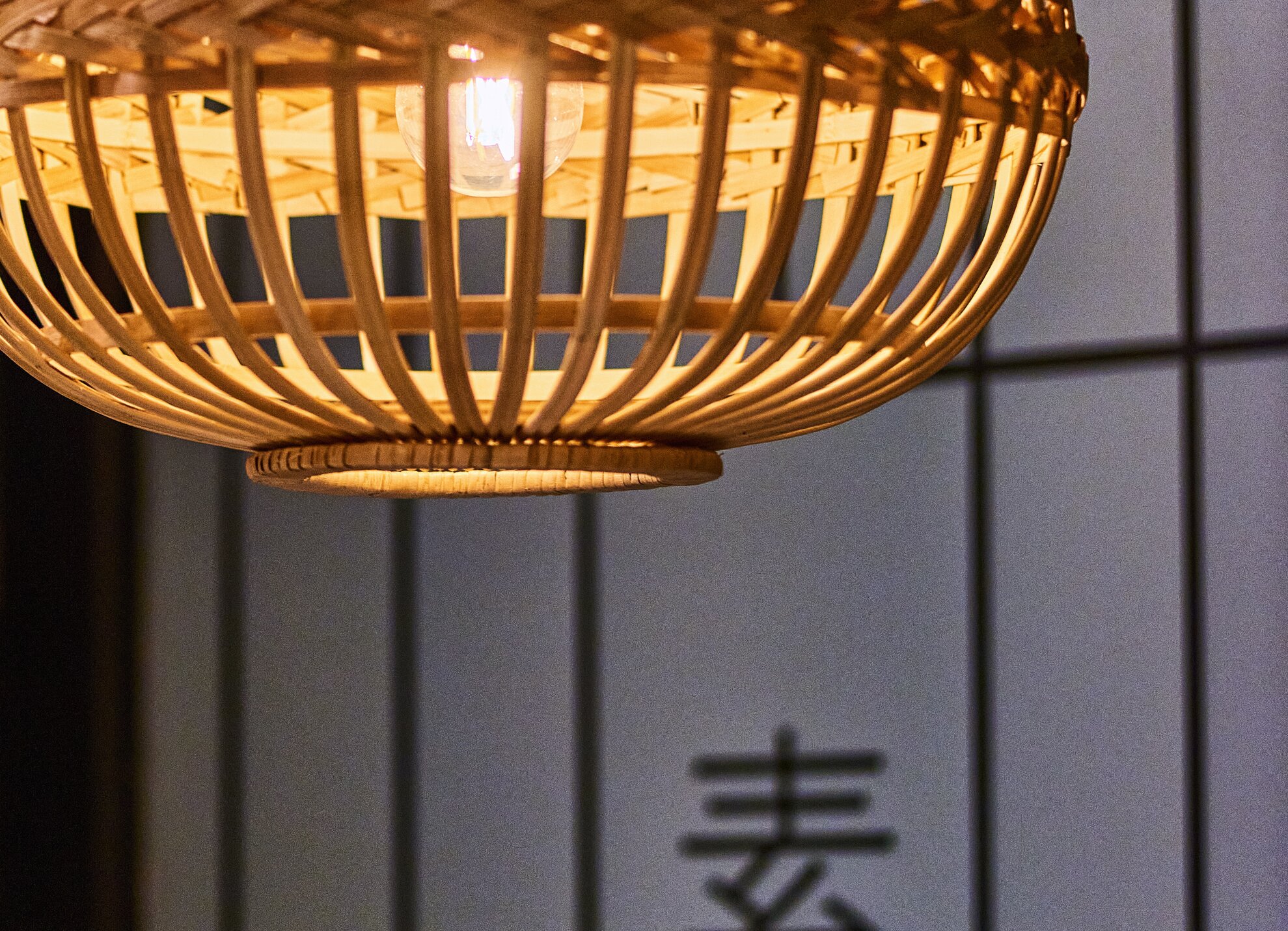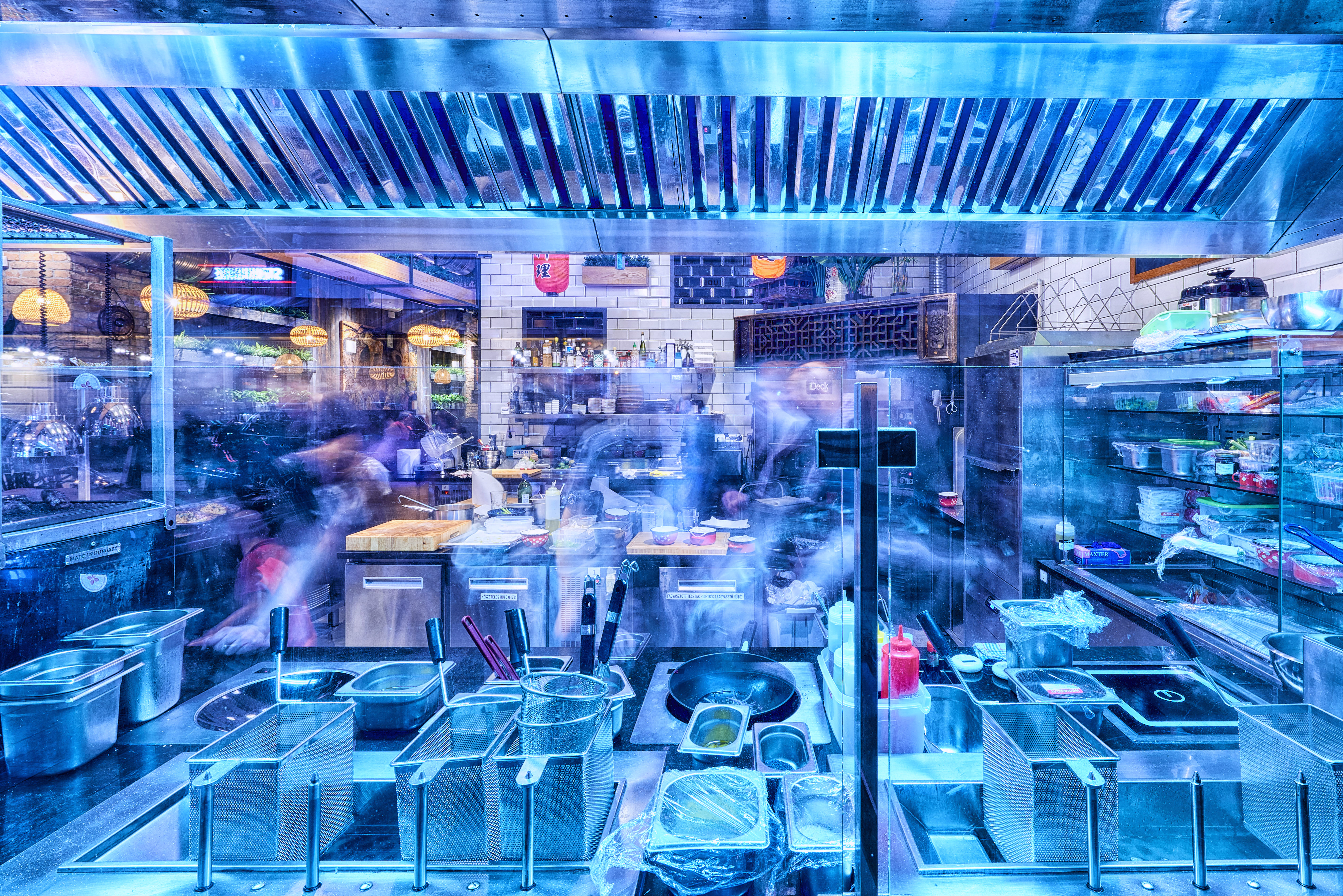There are moments in every food journalist's life when they can complain in a way that makes others envious. Yesterday was such a day for me, as I arrived at the opening of Costes Izakaya with high expectations but exhausted, and I didn't know anyone at my table. So it was a surprising turn of events for me when, a few hours later, I found myself unable to stop smiling, sampling the tasty dishes from each other's plates, as if I had been lifelong friends with the complete strangers sitting around me.
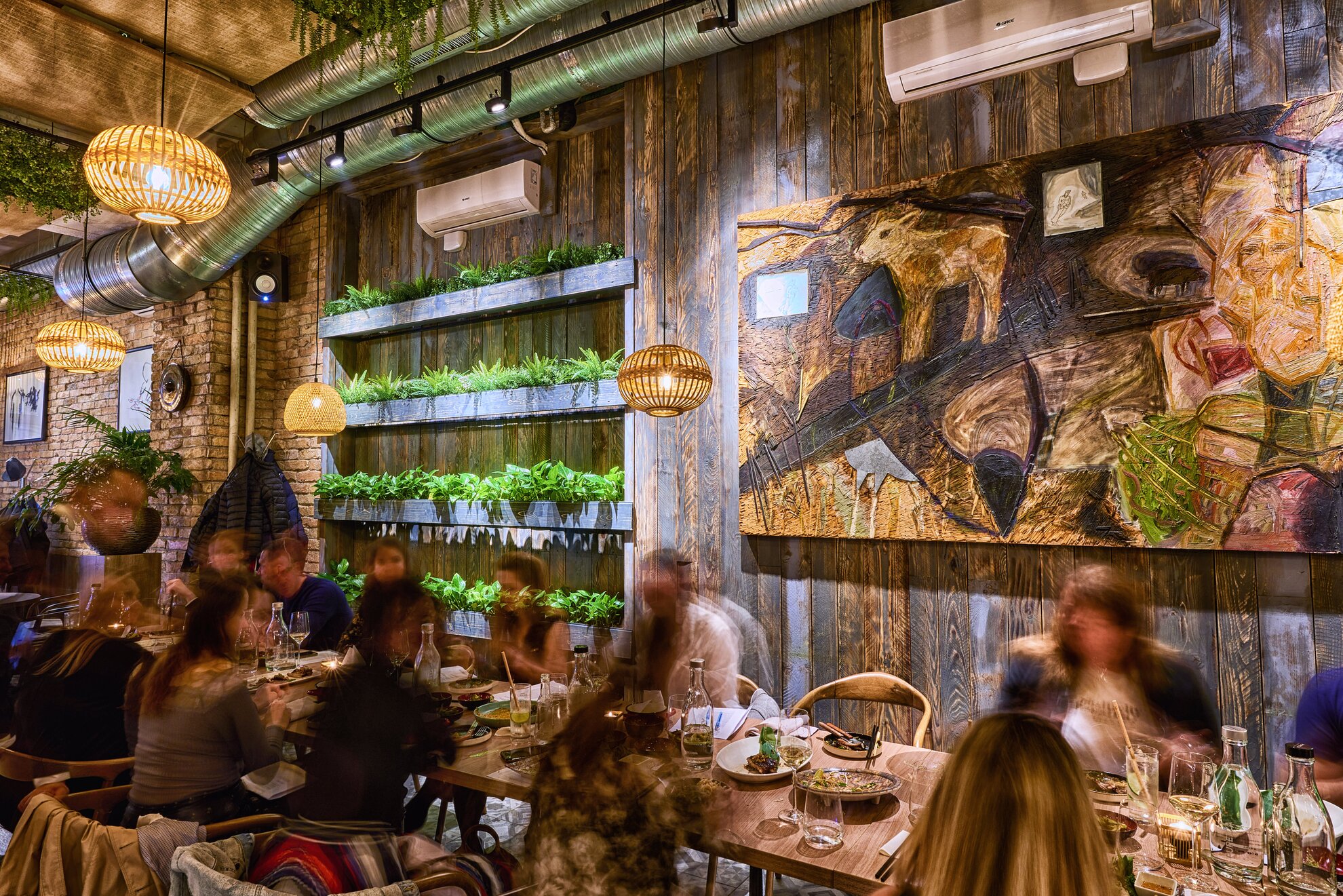
When we heard the names of the Costes Group and its Executive Chef Márk Molnár, who has decades of experience in Asian cuisine, and Zoltán Szabó, who is in charge of the drinks, we knew we were bound to eat and drink well, and there would be no shortage of quality ingredients, but thanks to the owner of Enso, Benjámin Tenner, who joined the team as project manager, the concept also emphasized more youthful, casual elements. So it's no coincidence that in the sophisticated setting, made cosy with lots of wood and live plants, a few Asian artefacts, and contemporary artwork, curiosity about the food made it so easy to break down the walls between unfamiliar guests.
The name izakaya perfectly reflects this atmosphere, as the word originally meant a sake store where people not only come to shop after work but also to eat, chat and relax. Nowadays, the shops have been replaced by a bistro style of Asian cuisine. But you can't say that izakaya is a simple Asian tapas or mezze bar, because the food is a bit more filling, although the guests usually share it to let everyone taste something special.
The official classification of Costes Izakaya is "fine bistro", which also refers to the quality of the ingredients and the fusion of classic and modern cooking techniques. And the flavours are primarily Asian, but that doesn't mean they can't be complemented with a Latin American or Mediterranean twist, or even a local speciality.
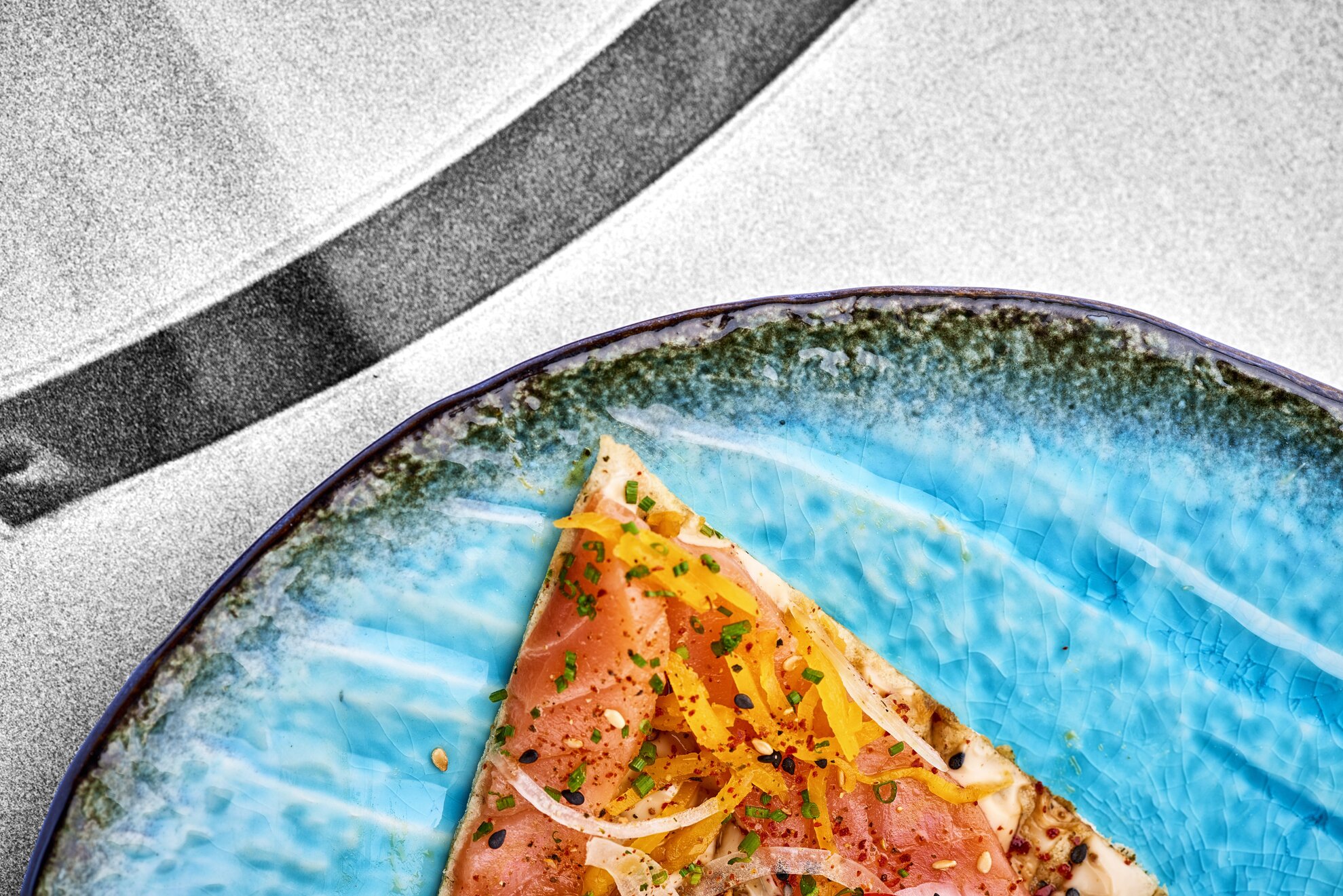
Our table was almost completely stuck with the "izatapas" delicacies, intended for sharing. The burrata kimchi (HUF 5,200) was a universal favourite, the fermented kimchi was not too spicy and the creamy cheese went very well with it. The soft shell crab (HUF 7,000) was also very tasty, the deep-fried crab was accompanied by a side of wasabi mayo and a refreshing sudachi (a Japanese citrus fruit) salad. The ceviche (HUF 4,500), a slightly spicy seafood salad with octopus, crab, citrus, and coriander, is also worth trying, and among the many specialities, it was nice to find a decent and simple dish like the Mangalica 18-month cured ham (HUF 5,000).
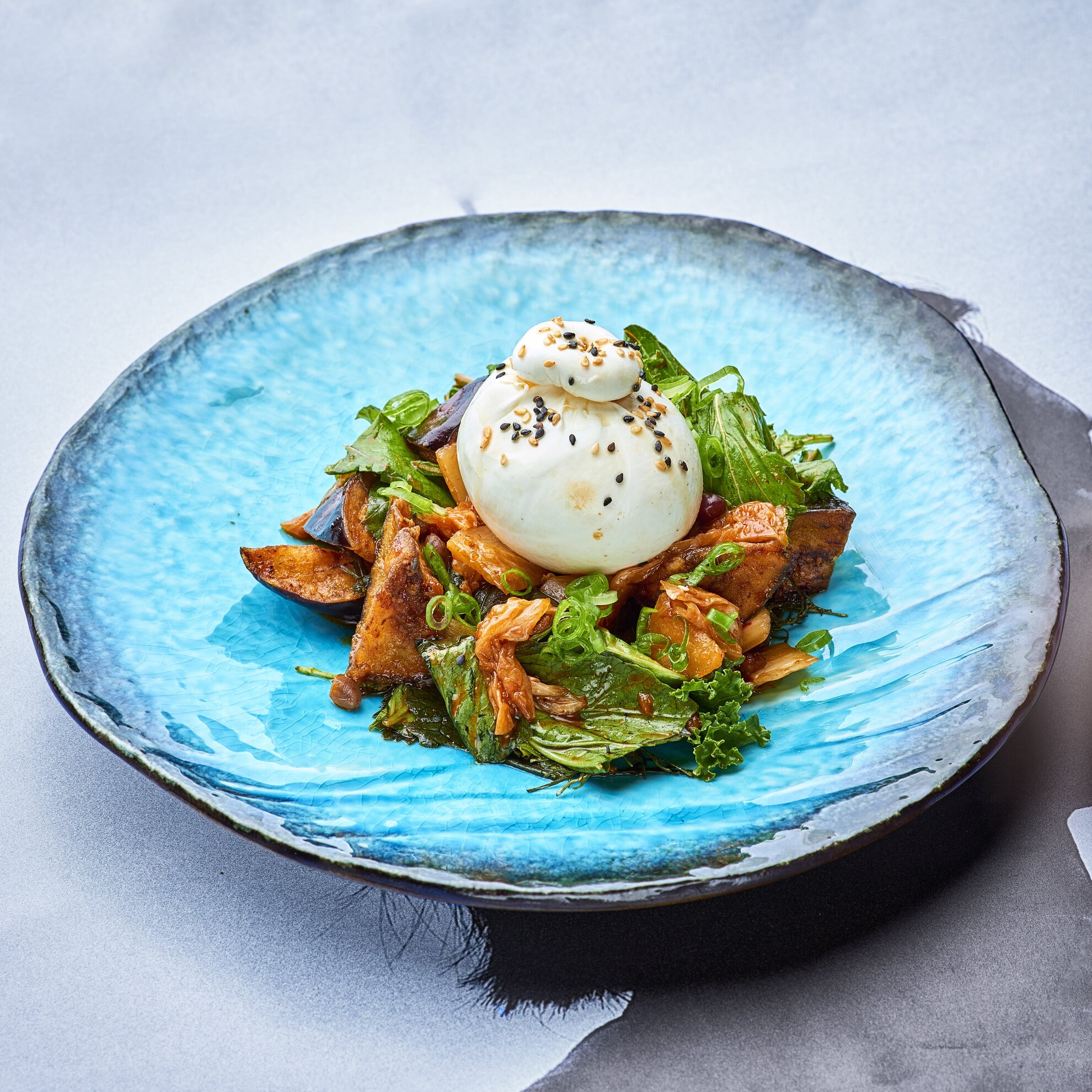
As the main course, we picked pad thai with Mangalica (HUF 6,000), which was delicious, and the various home-fermented and pickled cucumbers at the end of the menu were also very tempting. We ended up trying the tarragon-fermented one (HUF 1,500). We regretted a bit that we were so full by the end of the sharing that there was no room for the excellent grill dishes and wagyu selection.
Besides friendly gatherings, a slightly more festive atmosphere is guaranteed by the presence of a large DJ booth and a sophisticated selection of drinks. As well as local and organic wines, the character of the place means there's a wide range of sakes on offer and several highballs to choose from, consisting of some kind of spirit and a larger proportion of non-alcoholic ingredients.
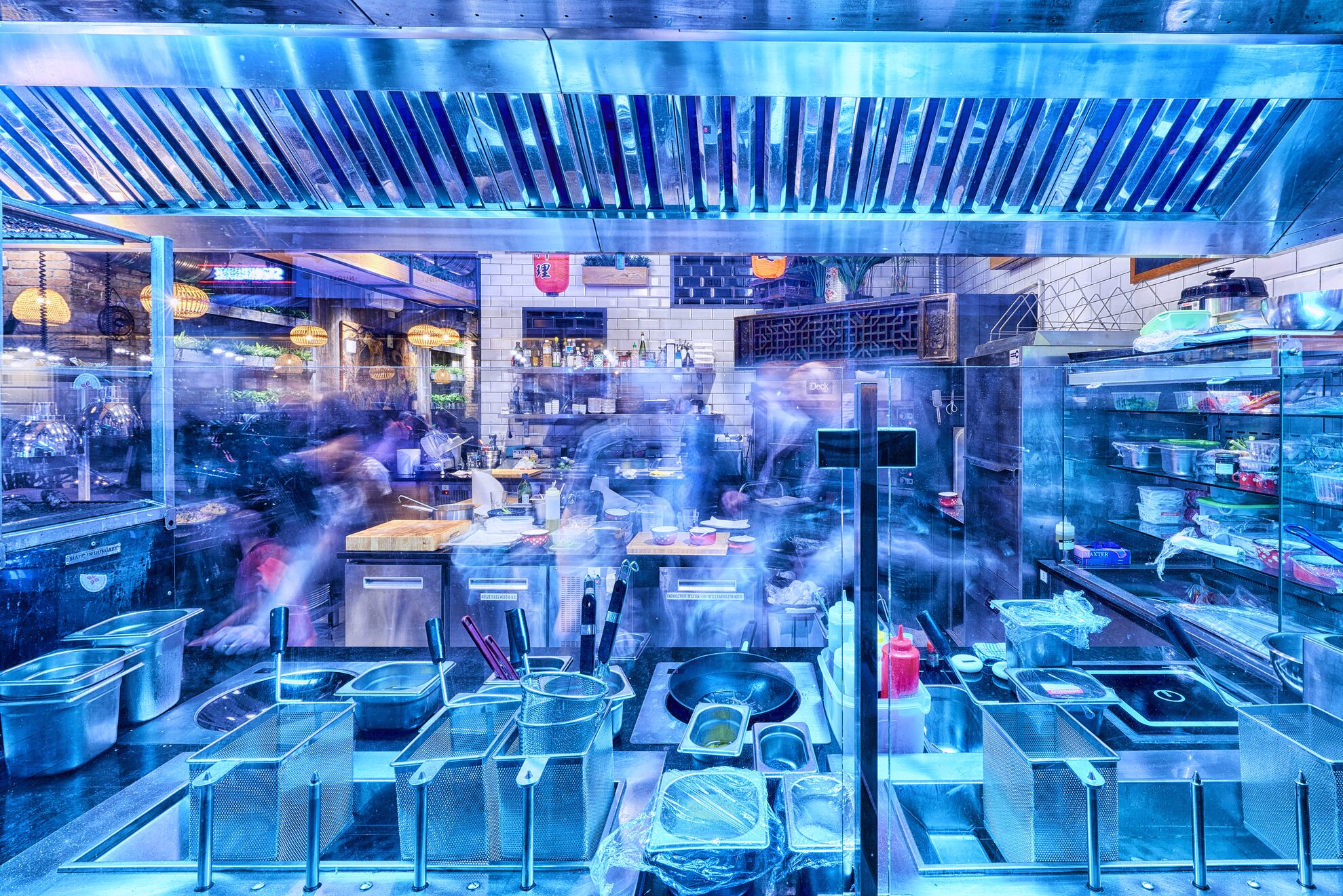
Costes Izakaya is a good complement to the Michelin-starred Costes Downtown and Costes, but it's a bit like that friend who somehow always looks good, but we can't even be jealous, we're just glad someone can be posh without breaking a sweat.
It's worth stopping by for a Sencha Bulleit highball and a burrata kimchi and experiencing what it's like when quality and effortlessness go hand in hand. You can enjoy it in the evenings five days a week, and soon at lunchtime.
